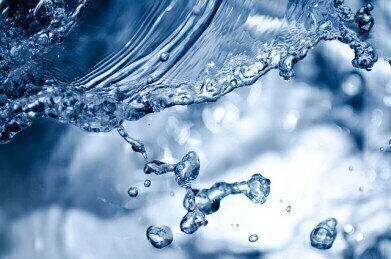Measurement and Testing
Why is Water So In-Demand for the Permian Basin?
Feb 13 2019
While Queensland was recently hit a year's worth of rain in a matter of days, in the Permian Basin water is almost as precious as oil. The newfound status was sparked by the shale boom in the western portion of the USA's Mid-Continent oil field, which elevated America to the world's biggest oil producer in late 2018.
Water pegged as the "new oil"
H2O is a major component of hydraulic fracturing, a practice that sees shale drillers extract oil and gas by injecting liquid at high pressure into subterranean rocks. As the industry continues to thrive, water has emerged as a prized commodity. Water rights are now a front-and-centre concern when it comes to land sales, with per-acre prices for well-hydrated properties hitting the highest levels in a decade.
"Water is the new oil," asserts Houston-based oilfield consultant, Laura Capper. "The value of water has changed."
In the Permian Basin, producers need up to 60,000 barrels of water a day to blast oil-bearing rocks and force open fissures. The process takes around 10 days to complete, which means each well requires a huge 600,000 barrels of water. Demand isn't slowing down, with Rystad Energy predicting that water requirements in the Permian Basin will grow to more than 2.5 billion barrels by 2020. This will represent around 50% of all oilfield needs in the United States.
Environmentalists warn on H2O shortage and toxic wastewater
While rural property owners have enjoyed a surge in per-acre prices, environmentalists have slammed the insatiable thirst for water in the Permian Basin. Experts warn that aggressive extraction could eventually deplete the Capitan Reef Complex Aquifer, as well as place severe stress on arid or semi-arid regions. Without regulation, they warn that groundwater supplies could dry up altogether.
There are also major concerns surrounding the issue of toxic wastewater, with a recent Duke University study revealing that fracking is destroying America's clean water supplies. In the face of the fracking boom, the report claims toxic wastewater has increased by 14-fold from 2011 to 2016. Furthermore, experts warn the figure could get 50 times bigger by 2030.
Water isn't the only natural resource garnering attention, with wind also set to make waves on the global energy stage. Spotlighting the importance of routine maintenance, 'Lubrication of Wind Turbines is Anything but a Breeze' explains how the diligent use of high quality synthetic lubricants is a pivotal part of getting the most out of turbine equipment and efficiently harnessing wind power.
Digital Edition
PIN 25.4 Aug/Sept
September 2024
Analytical Instrumentation - Novel and Rapid LSC method for the analysis of biogenic carbon in fuels Measurement and Testing - Matrix evaluation on the Xplorer-V with Vectra autosampler accordi...
View all digital editions
Events
Nov 04 2024 Abu Dhabi, UAE
Nov 04 2024 Kigali, Rwanda
Nov 05 2024 Toronto, Canada
Nov 05 2024 Paris, France
Nov 12 2024 Cologne, Germany



















